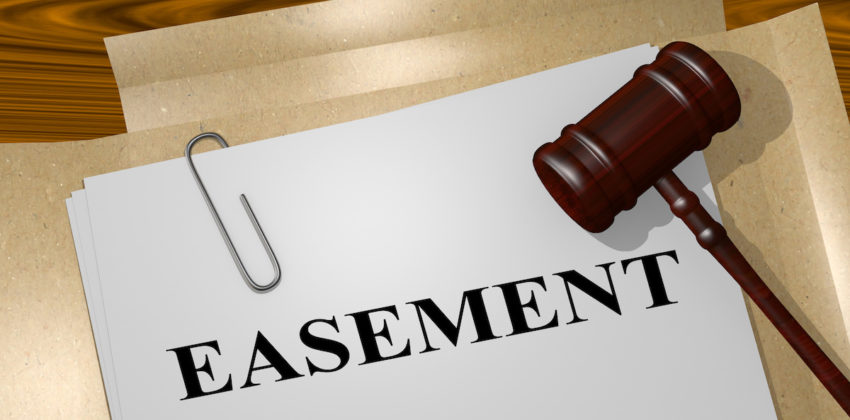How do Easements Work?

If you are looking to buy your first home, you will want to learn about many things that may impact your use of the property. This may include the presence of an easement that may grant rights to other parties for certain portions of your property.
Some easements transfer with the sale of a property and others do not, making it important you know the different types and what that may mean for you.
Appurtenant versus in gross easements
As explained by Realtor.com, an easement tied to the property that transfers and remains active even when the property is sold to a new owner is referred to as an appurtenant easement. This type of easement contrasts with an in gross easement that is valid for an existing agreement between two or more parties. When a property with an in gross easement sells, the easement rights may end.
Rights granted by easements
Easements give other parties the right to access a certain property, or a certain part of a property. An example may be a path that leads to a public park. A shared driveway that leads to multiple homes may also be connected to an easement, allowing access by the other homeowners and those who visit their home. A utility easement lets public utility works come onto a property to perform essential job duties.
This information is not intended to provide legal advice but is instead meant to give residents in Florida an overview of some different types of easements, what rights they provide and how they may impact the sale of a property.
